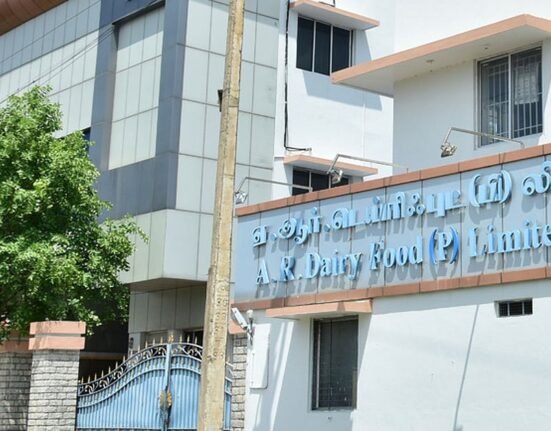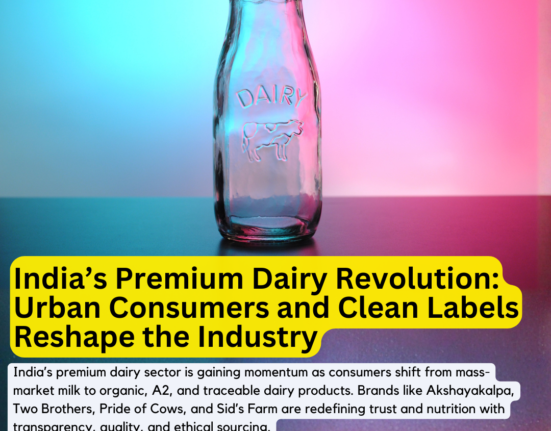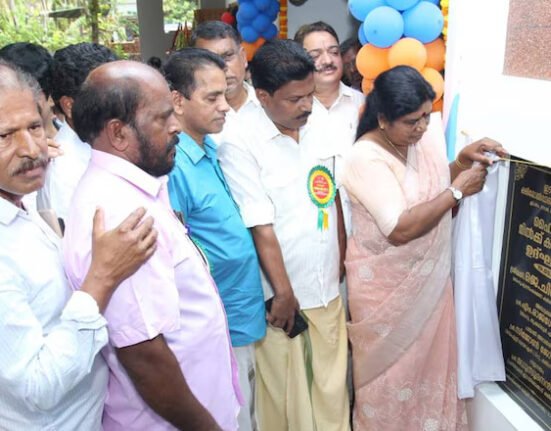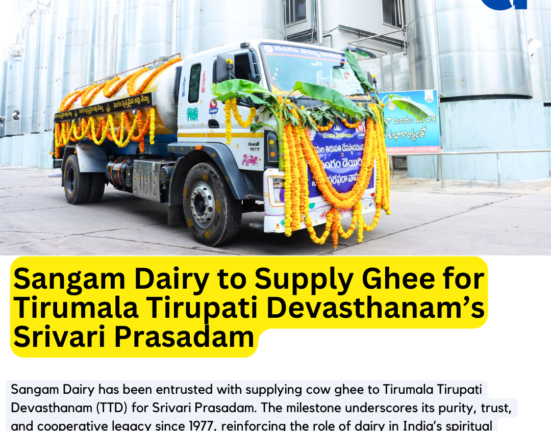India’s Cattle Crisis: Why Biorefineries, Not CBG Plants, Hold the Key
India’s cattle population, exceeding 300 million, generates approximately 3 million tonnes of dung daily—an abundant resource often dubbed “brown gold.” Yet, mismanagement has turned this potential asset into an environmental and economic liability. The government’s push for Compressed Biogas (CBG) plants under the Gobardhan scheme, targeting 5% CBG blending by FY 2028-2029, is faltering due to operational inefficiencies, risking a wave of non-performing assets (NPAs). Biorefineries, with their ability to convert dung into a diverse array of value-added products, offer a sustainable alternative. This article explores the limitations of CBG plants, the multifaceted potential of biorefineries, and why a policy shift is critical, enriched with insights from cutting-edge biorefinery research.
The CBG Conundrum: A Flawed Foundation
The Gobardhan scheme aims to transform organic waste into CBG, a renewable fuel, with a ₹10,000-crore investment for 500 “waste to wealth” plants. Hundreds of CBG units have been sanctioned, targeting 15 million metric tonnes of annual production by 2030. However, a critical flaw threatens this vision: slurry management. For every 100 tonnes of dung processed, CBG plants produce 70-80 tonnes of slurry. NITI Aayog estimates that managing this byproduct consumes 30-40% of operational costs, driven by transportation and disposal challenges. In Punjab and Haryana, operational CBG plants report losses, with slurry monetization hindered by farmer preference for chemical fertilizers and logistical bottlenecks. A 2023 IIT Delhi study pegs profit margin erosion at 25% due to slurry costs, signaling financial distress if subsidies wane. Without intervention, these plants could join India’s growing list of renewable energy NPAs.
Biorefineries: A Circular Solution
Biorefineries offer a paradigm shift by adopting a circular economy approach, converting cattle dung into biofuels, biofertilizers, biochemicals, and more. Unlike CBG plants’ singular focus on biogas, biorefineries maximize resource recovery. Research highlights their potential: a biorefinery processing 1,000 tonnes of dung daily can yield 20-25 tonnes of CBG, 400-500 tonnes of solid biofertilizer, and 300-400 tonnes of liquid fertilizer, alongside platform chemicals like volatile fatty acids (VFAs) and ethanol. A TERI report suggests revenue increases of 50-60% over CBG plants, bolstered by in-situ slurry processing that slashes disposal costs by 60%.
The MDPI study (Fermentation 2024) details advanced biorefinery technologies tailored to cattle manure’s composition—rich in cellulose (20-40%), hemicellulose (15-30%), and lignin (10-20%). Processes like anaerobic digestion yield biogas (60-70% methane), while solid-liquid separation recovers fiber for paper or biochar production. Acidogenic fermentation produces VFAs (e.g., acetic acid at 5-10 g/L), which can be upgraded to medium-chain carboxylic acids (MCCAs) like caproic acid, fetching $2-3/kg in biochemical markets. Lactic acid (up to 20 g/L) and single-cell protein (SCP) from microbial biomass further diversify outputs, with SCP offering a protein-rich feed supplement. These multi-product streams not only boost profitability but also reduce waste, aligning with India’s net-zero goals by cutting methane emissions from decomposing dung.
Ground Realities and Global Lessons
India’s cattle crisis is acute in states like Uttar Pradesh (20 million cattle, 600,000 tonnes of dung daily) and Rajasthan, where stray cattle damage crops and dung clogs ecosystems. Biorefineries can address these challenges by incentivizing dung collection, creating rural jobs—potentially 50-100 per plant—and producing water for arid regions. Gujarat’s NDDB pilots demonstrate this, achieving payback periods of 5-7 years, faster than many CBG units. The MDPI study notes that integrating processes (e.g., coupling anaerobic digestion with VFA production) enhances efficiency, with yields of VFAs doubling when digestate is fermented under controlled pH conditions (5.5-6.5).
Globally, biorefineries set a benchmark. Denmark’s Lemvig plant processes 700,000 tonnes of manure yearly, producing energy and fertilizers with near-zero waste. Germany’s biorefinery network generates €10 billion annually, supported by incentives India could emulate. However, India’s context demands decentralized, scalable solutions tailored to its rural landscape and cattle density.
Policy Imperatives: A Pivot to Biorefineries
The Gobardhan scheme’s CBG focus risks echoing past renewable energy pitfalls, like idle solar pumps. To avert an NPA crisis, policy must prioritize biorefineries:
- Incentivize Integration: Offer 50-60% capital subsidies for biorefineries, reflecting their broader benefits, versus 40% for CBG plants.
- Standardize Byproducts: Certify biofertilizers and SCP to build farmer trust and market demand.
- Decentralize Deployment: Target small-to-medium biorefineries (50-200 tonnes/day) in cattle-rich regions, minimizing logistics costs.
- R&D Investment: Fund research into optimizing VFA and MCCA yields, as the MDPI study suggests current technologies recover only 30-50% of potential biochemicals.
Conclusion: From Liability to Legacy
India’s cattle crisis demands innovation beyond CBG’s flawed economics. Biorefineries, with their ability to produce biogas, fertilizers, and high-value chemicals like VFAs and lactic acid, transform dung into a renewable powerhouse. Backed by research showing technical feasibility and economic viability, they offer a path to avert NPAs, boost rural livelihoods, and meet sustainability targets. The choice is clear: cling to a faltering model or embrace biorefineries to turn “brown gold” into a legacy of growth. For a nation where cattle are revered, the solution must match their multifaceted value.







